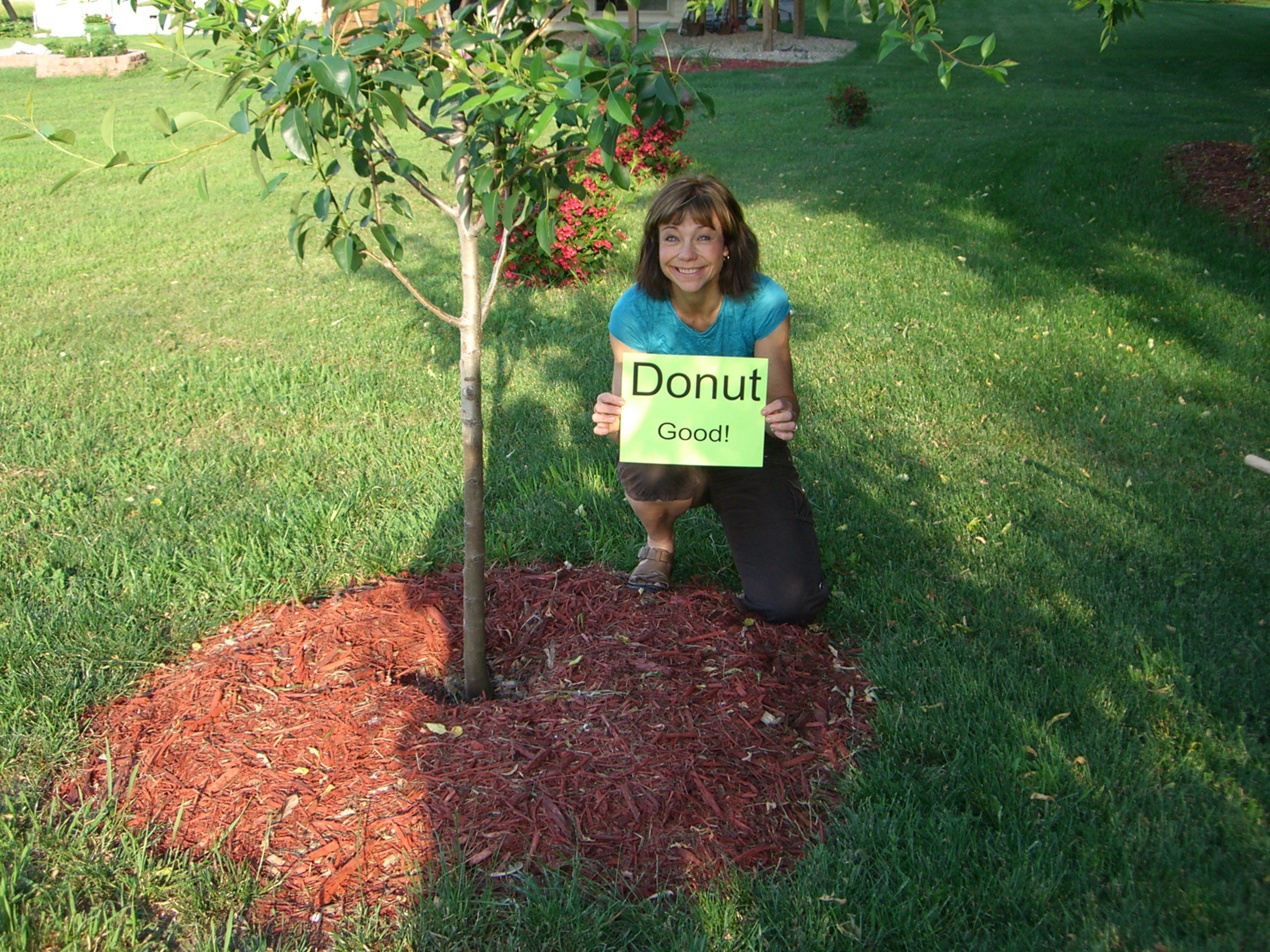Click below to listen to my 2 min. Garden Bite radio show: Time to mulch
Audio PlayerLast year record warmth… this year not so much! Baby it’s been cold outside for those of us in the Upper Midwest. And plenty of snow already too. That’s a great insulator but it’s not a bad time to throw down some additional organic mulch for your newly planted plants!
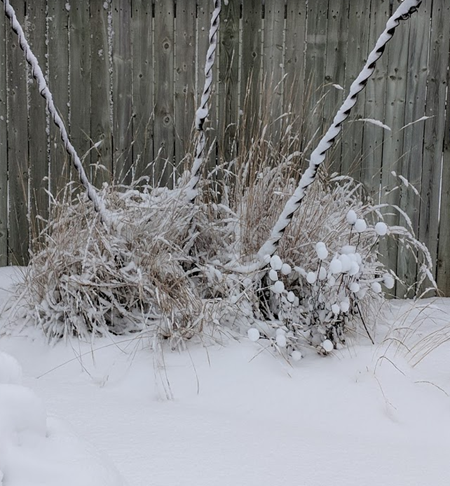
It’s important to let the ground freeze first, then place your mulch. We are looking to stabilize the soil temperature for our plants so that when we get wild fluctuations in temperatures our plants won’t heave out of the ground.
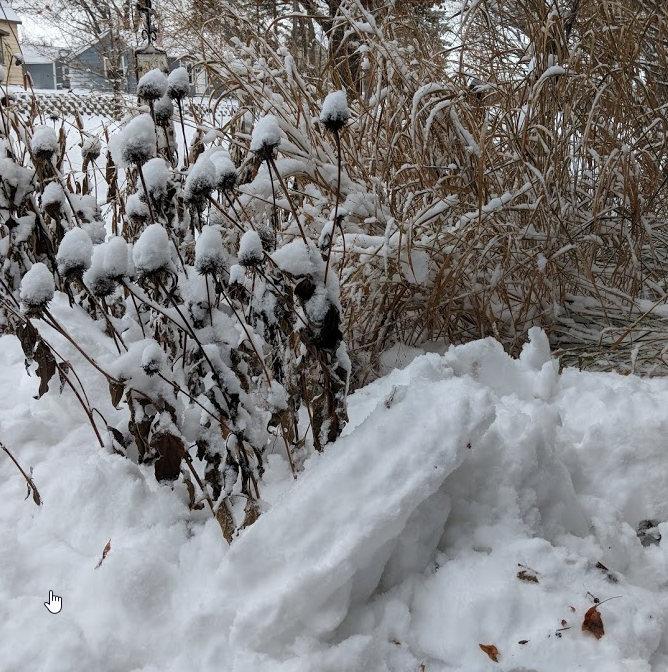
In other words, it’s not necessarily arctic temperatures but rather the extremes that can force a plant out of the soil, especially newly (2 year old) planted plants.
- Shredded leaves make great mulch that decomposes too! You MIGHT consider adding some nitrogen next Spring but get a soil test first.
- Straw is a great insulator but you may find some weeds in the spring. (Straw is a collection of the stems of field crops such as wheat and oats. It is popular as a mulch because it rarely contains weed seeds and is readily available. It makes a particularly good winter mulch because the hollow stems hold air and act as insulation for the plants below.)
- Marsh hay (Salt hay, or salt marsh hay, consists of grasses harvested from salt marshes. Their wiry stems do not mat down or rot as quickly as straw, and any seeds that are present will not germinate because they require wet, saline soil. Where it is available, salt hay is the best choice for mulching.) is a good mulch with generally no weed seeds. It’s also a little harder to find.
- Shredded bark, not chips, makes a good mulch too.
- Pine needles, lucky you, they’re wonderful insulators and you can use
- Grass clippings too, as long as you’ve skipped the lawn chemicals.
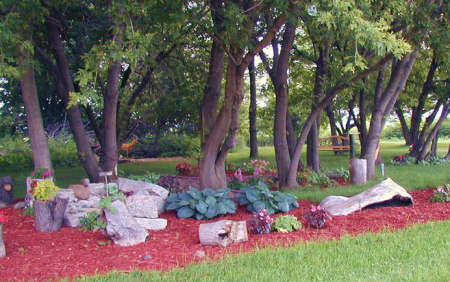
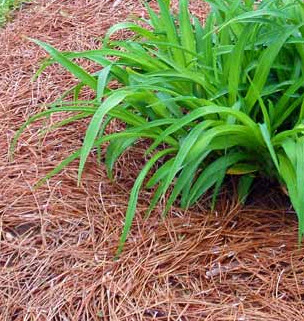
When placing mulch, except for those pine needles above, think DONUT not Volcano!
